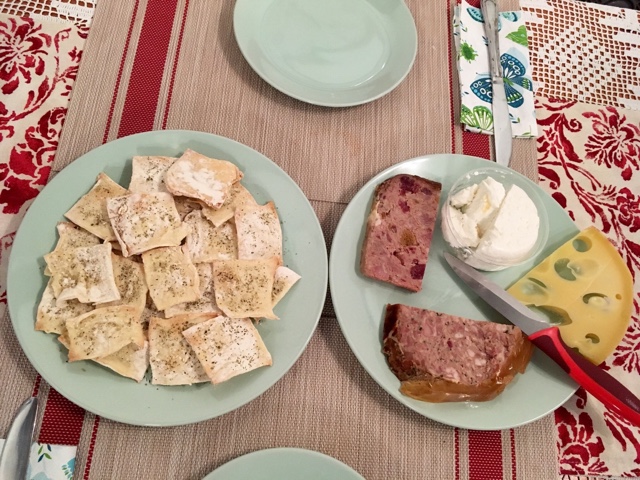My daughter Carolyn, who is with me on this trip through France, is a fine jeweler and metalsmith who did her graduate school thesis on conserving antique enamel pieces while studying metals conservation in England. This study has led to a fascination in and love of all things enameled. While in grad school she ventured to Limoges, France to visit the epicenter of enamel, but at that time in 2010, the Musée de Beaux Arts was undergoing a four-year renovation. So today we went to the museum to see the best of the best of Limoges enamels.
As she explained it to me, enamels are created by firing powdered glass over a base metal. To create the works of art here, the artist would have to layer color upon color and refire the glass after each layer. The resulting works have an incredible translucence and display vibrant colors that are unchanged even after half a century.
I really never thought much about enameled objects before today, but I was truly blown away by the complexity of the designs, the artist as designer, metalsmith, glassmaker, and the vibrancy and clarity of the finished works.

























